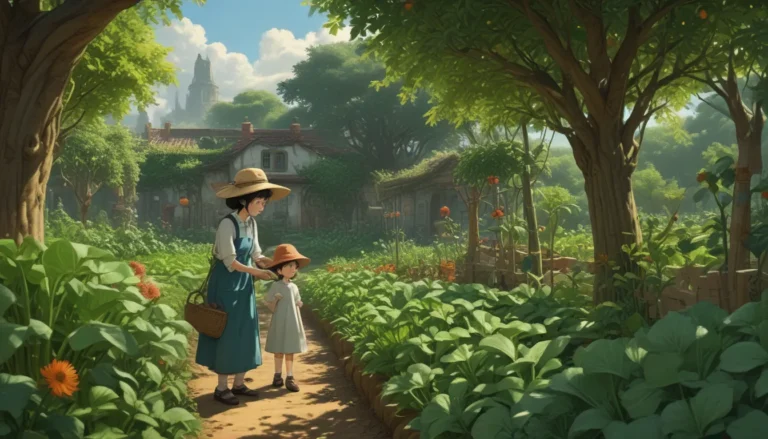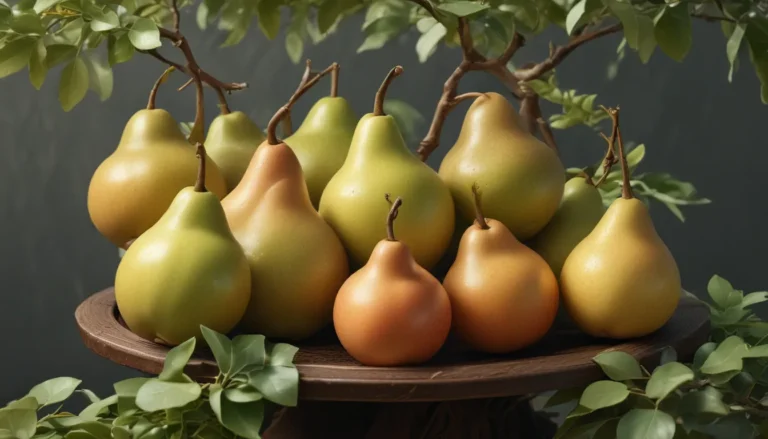The Comprehensive Guide to Growing Plants for Beginners

Are you eager to start your gardening journey? Whether you are a complete novice or a seasoned gardener, cultivating your plants can be a deeply rewarding experience.
Gardening is a manifestation of human civilization. The intentional cultivation of plants has paved the way for the development of various aspects of our lives, from science and technology to art and culture. In essence, gardening is a fundamental aspect of being human.
While growing and caring for plants may seem daunting at first, the process is relatively straightforward once you understand the basics. In this comprehensive guide, we will break down plant parenting into ten manageable lessons. By following these lessons, you will gain valuable knowledge that can be applied to grow a wide variety of plant species.
Here’s a preview of what you’ll learn:
- Plants Are Alive
- Acquisition
- Climate
- Exposure
- Soil
- Water
- Nutrition
- Maintenance
- Health Care
- Never Stop Learning
Let’s dive into each lesson to equip you with the necessary skills and knowledge to nurture your green companions.
Lesson 1: Plants Are Alive
Plants are living organisms that require care and attention to thrive. Similar to humans and animals, plants have specific needs for survival, including food, water, air, and protection. By acknowledging that plants are alive, you will develop a deeper understanding of their requirements and cultivate empathy towards them.
When you treat your plants with care and respect, they offer several benefits in return:
- Increased Oxygen: Plants absorb carbon dioxide and release oxygen, enhancing the air quality in your surroundings.
- Free Food: Growing your fruits and vegetables provides a fresh, pesticide-free food source.
- Free Medicine: Some plants possess medicinal properties, offering natural remedies for various ailments.
- Shade: Trees and other landscaping plants provide shade, creating a serene environment.
- Tranquility: A well-tended garden offers a peaceful retreat to relax and unwind.
- Exercise: Gardening activities, such as digging and planting, provide physical exercise for overall well-being.
Lesson 2: Acquisition
There are several ways to acquire new plants, including transplanting established specimens, sowing seeds, and propagating plants from existing ones. Each method has its advantages and requires specific techniques to ensure successful growth.
Transplanting involves moving a mature plant to a different location, while seed sowing entails planting seeds and nurturing them until they sprout. Propagation methods, such as cuttings and division, allow you to create new plants from existing ones.
Plant acquisition can be done through purchases from stores or online vendors, plant swaps, or rescuing discarded plants. By choosing the right acquisition method, you can expand your plant collection and enhance your gardening skills.
Lesson 3: Climate
Understanding your local climate is essential for successful plant growth. Hardiness zones indicate the temperature ranges in specific geographical regions, helping you select plants that can thrive in your area. By choosing plants adapted to your hardiness zone, you can ensure their long-term health and vitality.
Different plants have varying exposure requirements, ranging from full sun to full shade. By providing the appropriate sunlight for your plants, you can optimize photosynthesis and promote robust growth. Creating microclimates in your garden can further protect plants from extreme temperatures and enhance their overall resilience.
Lesson 4: Exposure
Exposure to sunlight is crucial for plant growth and development. Understanding the sunlight requirements of different plant species, such as full sun, partial sun, or shade, allows you to place them in optimal locations for healthy growth. Indoor plants may require artificial grow lights to meet their light needs.
Observing plant characteristics, such as leaf size and texture, can provide clues about their exposure preferences. By selecting suitable exposure conditions, you can create a thriving environment for your plants and maximize their photosynthetic efficiency.
Lesson 5: Soil
Soil plays a vital role in plant health and nutrition. Understanding soil composition, including sand, silt, and clay content, helps you choose the right growing medium for your plants. Loamy soil, with a balanced mixture of particles, provides optimal drainage and nutrient retention for most plants.
Regularly amending soil with organic matter, such as compost, improves its fertility and structure. Avoiding soil compaction and using soilless mediums for container plants can further enhance your plant’s growth and vitality. Selecting the right soil type for each plant species ensures they receive the necessary nutrients and support for robust growth.
Lesson 6: Water
Water is essential for plant growth and survival. By watering your plants properly, you can ensure they receive adequate hydration and nutrients for healthy development. Understanding each plant’s water requirements, based on its species and environmental conditions, allows you to provide the right amount of water at the right time.
Deep watering promotes robust root growth, while watering in the early morning optimizes plant hydration and minimizes disease risks. Adjusting your watering frequency based on environmental factors and plant growth stages ensures your plants remain healthy and hydrated. By mastering the art of watering, you can support your plants’ growth and vitality throughout the growing season.
Stay tuned for the next set of lessons in our comprehensive guide. Get ready to dive deeper into plant nutrition, maintenance practices, and strategies for keeping your plants healthy and thriving. Happy gardening!





